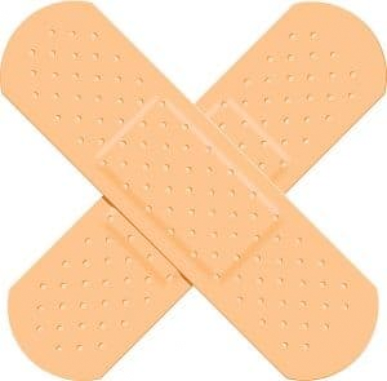Who Can Donate
Donating blood is a responsible, voluntary, and unpaid act.
Donors who
- Are in good general health
- Are at least 18 years old and no more than 65. After the age of 60, donors require the approval of a transfusion medicine physician
- Weight at least 50 kg
- Are not be at risk of transmitting blood-borne diseases
- Have a hemoglobin or hematocrit level of
- 13.5-18 g/dl (0.40%) for a man
- 12.5-16 g/dl (0.38%) for a woman
- Have a systolic blood pressure of 100-140 mmHg and a diastolic blood pressure of 60-90 mmHg
- Have a pulse rate of 60-100 bpm (beats per minute)
- Have a temperature below 37.6°C
- Have a platelet count above 150x109/L.
Who Can't Donate
People who
- Have ever taken drugs
- Have a partner who takes drugs
- Are HIV positive
- Are a male who had sexual contacts with another male
- Have a partner who is HIV positive
- Have more than one sexual partner
- Think their partner has risky sex
These instructions must be strictly respected even when using a condom.
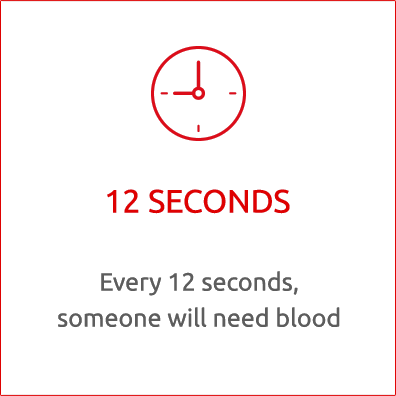
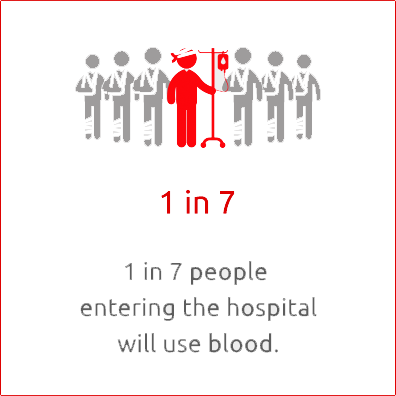
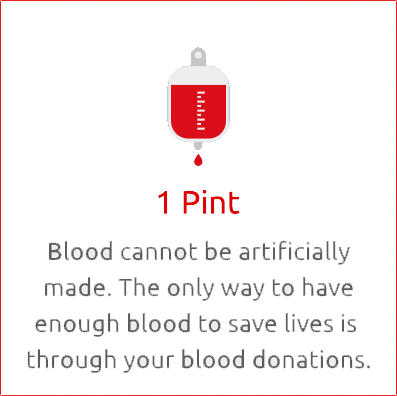
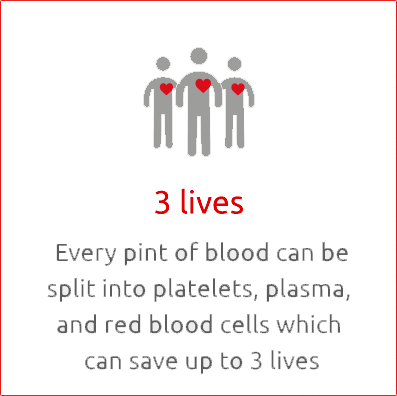
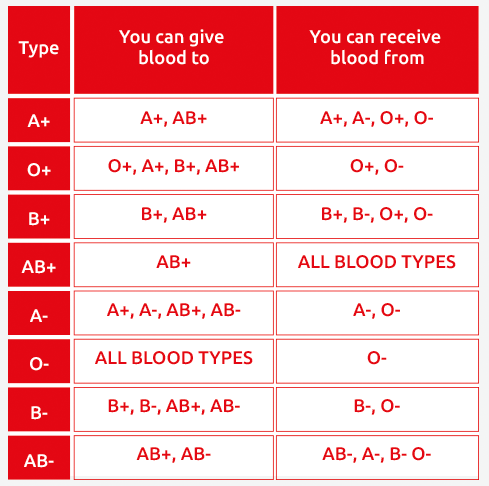
 Red blood cells
Red blood cells Platelets
Platelets Plasma
Plasma
